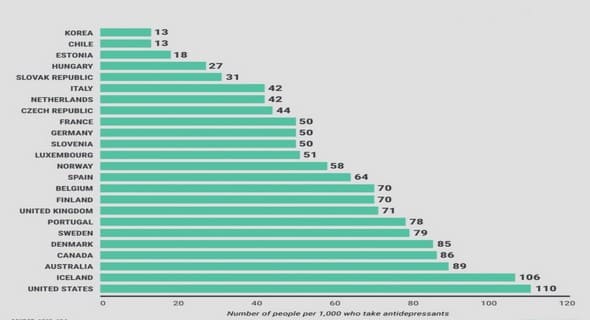(Downloads - 0)
For more info about our services contact : help@bestpfe.com
Table of contents
1 GENERAL INTRODUCTION
1.1 INTRODUCTION
1.2 STATE OF THE ART
1.2.1 State of the art on general scheduling problems
1.2.2 State of the art on scheduling problems modeled by automata
1.2.3 State of the art on synchronous composition of weighted automata
1.2.4 State of the art on MRS scheduling considering uncontrollable environment
1.2.5 Synthesis of the state of the art
1.3 RESEARCH QUESTION
1.4 CONTRIBUTION
1.4.1 Chapter 2: MRS scheduling through translation of weighted to timed automata
1.4.2 Chapter 3: Multi-resource sharing scheduling by using synchronous composition of weighted automata
1.4.3 Chapter 4: Multi-resource sharing scheduling considering uncontrollable environment
1.5 BACKGROUND
1.5.1 Formal verification (or model checking)
1.5.2 Property-specification language
1.5.3 The branching time logic TCTL
1.5.4 TCTL properties
1.5.5 Techniques for constructing reachability graph of systems
1.5.6 Digraph traversal algorithms
1.6 CONCLUSION
2 MULTI-RESOURCE SHARING SCHEDULING THROUGH TRANSLATION OF WEIGHTED TO TIMED AUTOMATA
2.1 INTRODUCTION
2.1.1 State of the art
2.1.2 Synthesis of the state of the art
2.2 MRS SCHEDULING PROBLEM DESCRIPTION
2.3 MODELING MRS SCHEDULING PROBLEM BY WEIGHTED AUTOMATA
2.3.1 General principle of modeling procedure
2.3.2 Problem statement by weighted automata
2.4 SOLVING MRS SCHEDULING PROBLEM BY MEANS OF TRANSLATING WEIGHTED AUTOMATA MODELS INTO TIMED AUTOMATA MODELS
2.4.1 Translating transitions of the WA model to TA
2.4.2 Translating WA models to TA models
2.4.3 Scheduling approach
2.4.4 Complexity
2.5 CONCLUSION
3 SYNCHRONOUS COMPOSITION OF WEIGHTED AUTOMATA – APPLICATION TO MRS SCHEDULING
3.1 INTRODUCTION
3.1.1 State of the art on synchronous composition of weighted automata
3.1.2 State of the art on time-optimal reachability analysis
3.1.3 Synthesis of the state of the art
3.2 SYNCHRONOUS COMPOSITION FOR WEIGHTED AUTOMATA
3.2.1 Example 2
3.2.2 Algorithmic steps to reach synchronous composition
3.2.3 Synchronous composition of DSDA weighted automata
3.2.4 A simple example of synchronous composition (Example 2-continue)
3.3 FINDING THE OPTIMAL SCHEDULE
3.4 CONCLUSION
4 MULTI-RESOURCE SHARING SCHEDULING CONSIDERING UNCONTROLLABLE ENVIRONMENT
4.1 INTRODUCTION
4.1.1 State of the art
4.1.2 Synthesis of the state of the art
4.2 BACKGROUND
4.2.1 Timed Game Automata
4.2.2 Safety and reachability games
4.2.3 Winning games
4.2.4 Strategy
4.2.5 Synthesis tool TIGA
4.2.6 Winning/losing conditions
4.2.7 Partially Cooperative Games
4.2.8 Time Optimal Strategy Synthesis
4.2.9 Example of timed game automata
4.2.10 On-the-fly algorithm for timed games
4.2.11 Interval weighted automata
4.3 PROBLEM DESCRIPTION
4.4 DIFFERENT TYPES OF UNCONTROLLABLE PARAMETERS
4.5 MODELING THE SCHEDULING PROBLEM THROUGH TGA CONSIDERING UNCONTROLLABLE PARAMETERS
4.6 EXAMPLE 3
4.7 SOLVING APPROACH
4.8 EXAMPLE 3 (CONTINUE)
4.9 CONCLUSION
5 CONCLUSION AND PERSPECTIVES
5.1 GENERAL CONCLUSION
5.2 GENERAL PERSPECTIVES
5.3 RELATED PUBLICATION
REFERENCES




